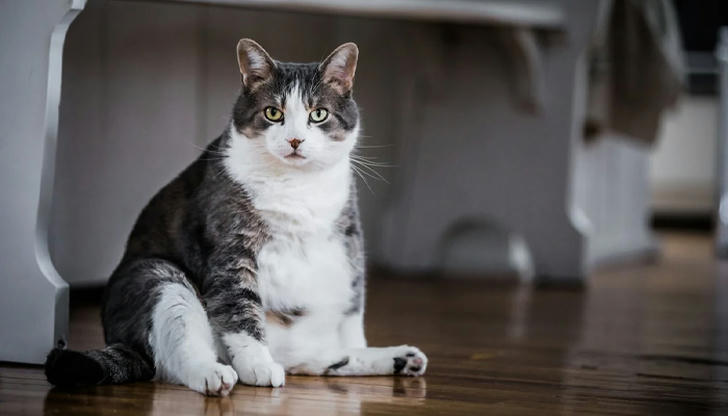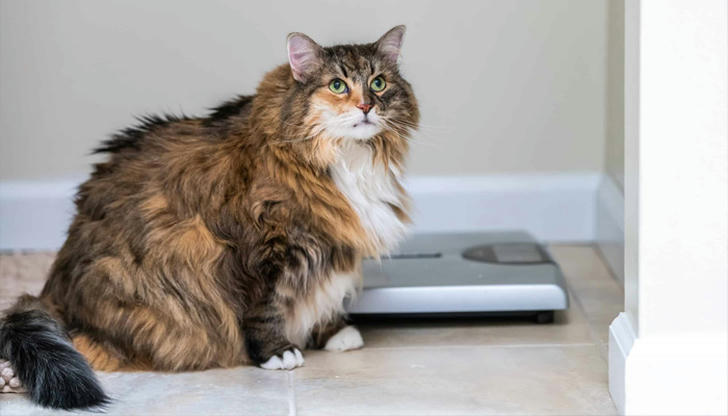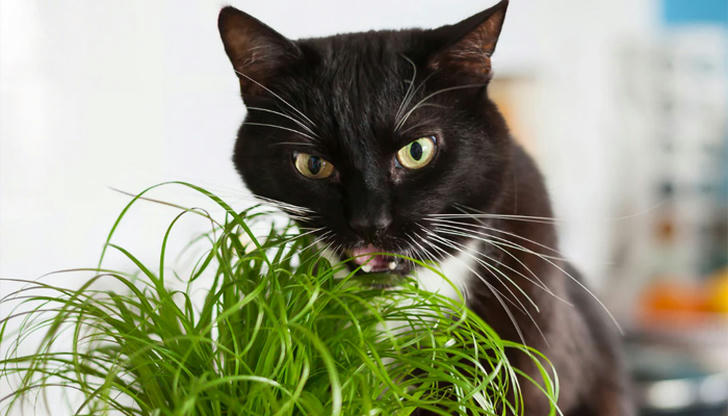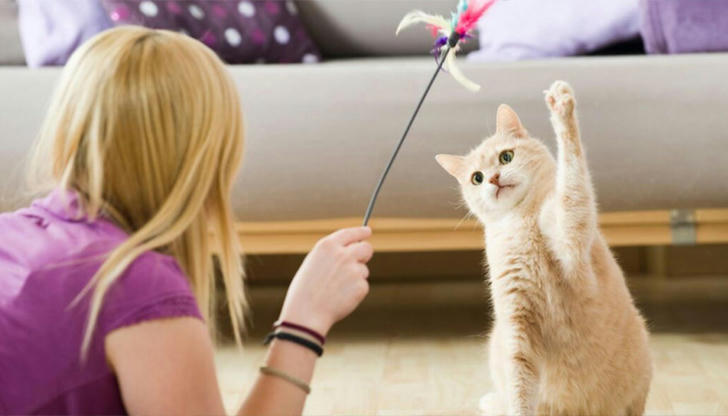How to Help Your Cat Lose Weight

If you notice that it's becoming more difficult to lift your cat, or that its belly is becoming increasingly round, your cat may be overweight. Being overweight in cats can lead to a variety of health problems, so maintaining a healthy weight is crucial for their well-being.
Health risks faced by overweight cats
Diabetes: If a cat is overweight, it can lead to insulin imbalance, which in turn may result in diabetes.
Heart Disease: An overweight cat puts additional strain on the heart, potentially leading to heart failure and heart disease.
Arthritis: Excess weight in cats can cause more pressure on the spine and make joints more susceptible to injury, increasing the risk of arthritis.
Difficulty Breathing: Obesity in cats can suppress their ability to move and breathe, making them feel tired during exercise and less inclined to be active.
Constipation: Overweight cats with high body fat content may experience slowed gastrointestinal motility, which can obstruct their bowel function and lead to constipation.
Is my cat fat?
A cat's ideal weight depends on age, gender, and breed, so there isn't a one-size-fits-all number to determine if your cat is overweight. However, you can tell if your cat is overweight by looking or touching:
When you look down at your cat’s back, the ribs and hip area should slightly curve inward, forming a clear silhouette. If you can't see a distinct curve but instead see a continuous arc (resembling an eggplant), your cat is likely overweight.
By touching your cat's ribs and backbone, if you can clearly feel them, it indicates that your cat is not overweight. However, if you can't feel them, it suggests that your cat may be overweight.

How to help your cat lose weight?
1. Gradually reduce your cat's daily food portions.
First, you'll need a scale, like a baking scale, to weigh how much your cat eats each day for a week, then calculate the average daily intake. Once you have the average, reduce the portion by 5% to 10% every 2 to 5 days. Start with a 5% reduction to test your cat's reaction, observe for 3 to 5 days, and if there are no adverse effects, continue reducing. Don't reduce the portions by more than 10% at a time. Set a modest weight loss goal, such as losing 250g in a month, which averages to about 50g per week.
2. Smaller meals, more often.
As cats have delicate stomachs, it's best not to reduce their feeding frequency. Instead, offer smaller meals more frequently, dividing the daily food into 3 to 6 portions. This helps with better digestion and teaches your cat to control its eating, preventing overeating and keeping hunger at bay.

3. Provide cat grass.
If your cat is overweight, consider offering more cat grass. Place cat grass in at least three locations around your home so your cat can access it anytime, increasing the frequency of consumption. Cats prefer cat grass that has grown in sunlight, so place it in sunny spots. If your cat isn't keen on eating cat grass, you can grind it up and mix it into their regular food.

4. Increase exercise.
A significant reason for a cat's obesity is overeating and a sedentary lifestyle. Prepare cat towers with toys to encourage climbing and play. Dedicate 20 minutes a day to interact with your cat using toys like a teaser wand or a laser pointer to get them moving, which can help burn excess fat.
5. Reduce sleep time.
Overweight cats tend to be more sedentary. Limit your cat's sleep to no more than 16 hours a day, with a more scientific duration being 10 to 12 hours. If you notice your cat sleeping most of the day, wake them up and engage them with toys for a while.
6. Increase foraging difficulty.
Try placing your cat's daily kibble on top of low cabinets, coffee tables, or other slightly elevated surfaces around the house. Place a few pieces of kibble in each spot, requiring your cat to make a significant jump before eating. This indirectly encourages more exercise and increases their physical activity.
